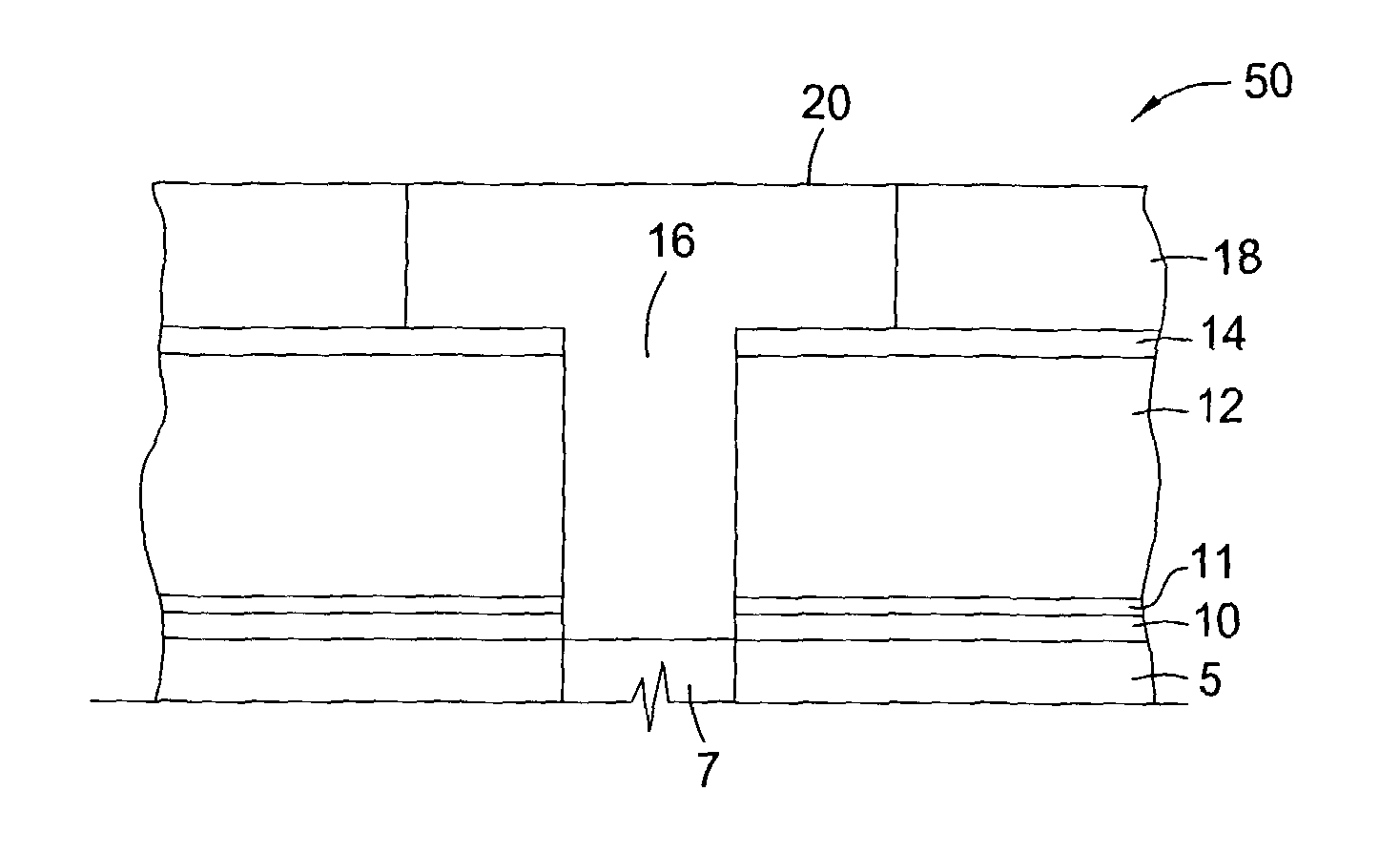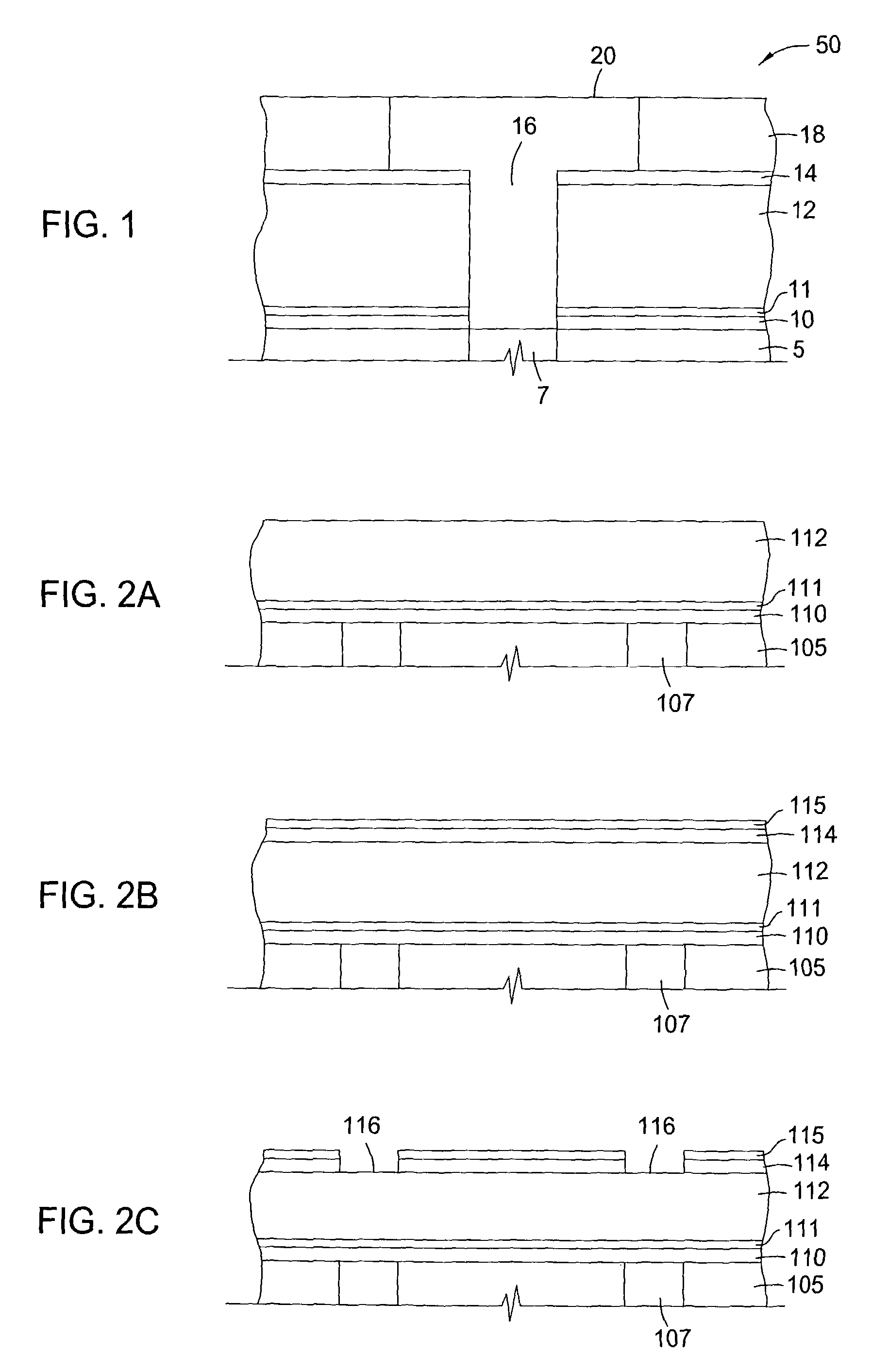Two-layer film for next generation damascene barrier application with good oxidation resistance
a damascene barrier and two-layer film technology, applied in the direction of chemical vapor deposition coating, coating,plasma technique, etc., can solve the problems of copper being difficult to etch and achieve precise patterns, forming short circuits, and forming short circuits
- Summary
- Abstract
- Description
- Claims
- Application Information
AI Technical Summary
Benefits of technology
Problems solved by technology
Method used
Image
Examples
examples
[0066]Organosilicon compounds described herein were deposited as barrier layers on a substrate surface and analyzed. In one example, a silicon carbide barrier film was deposited from a diphenylsilane compound and compared to a silicon carbide barrier film from a conventional silicon carbide precursor, trimethylsilane.
[0067]Both diphenylsilane and trimethylsilane precursors were deposited by introducing diphenylsilane or trimethylsilane at about 500 mg / min into the processing chamber, introducing helium at about 500 sccm into the processing chamber, generating a plasma in the processing chamber by applying 100 watts of RF energy, maintaining the substrate temperature at about 290° C., maintaining the chamber pressure at about 3 Torr to deposit a silicon carbide layer. The heater spacing was about 450 mils from the substrate surface.
[0068]The deposited films were examined and analyzed for dielectric constant and barrier layer diffusion. The diphenylsilane silicon carbide film had a me...
PUM
| Property | Measurement | Unit |
|---|---|---|
| dielectric constant | aaaaa | aaaaa |
| dielectric constant | aaaaa | aaaaa |
| feature sizes | aaaaa | aaaaa |
Abstract
Description
Claims
Application Information
 Login to View More
Login to View More - R&D
- Intellectual Property
- Life Sciences
- Materials
- Tech Scout
- Unparalleled Data Quality
- Higher Quality Content
- 60% Fewer Hallucinations
Browse by: Latest US Patents, China's latest patents, Technical Efficacy Thesaurus, Application Domain, Technology Topic, Popular Technical Reports.
© 2025 PatSnap. All rights reserved.Legal|Privacy policy|Modern Slavery Act Transparency Statement|Sitemap|About US| Contact US: help@patsnap.com



